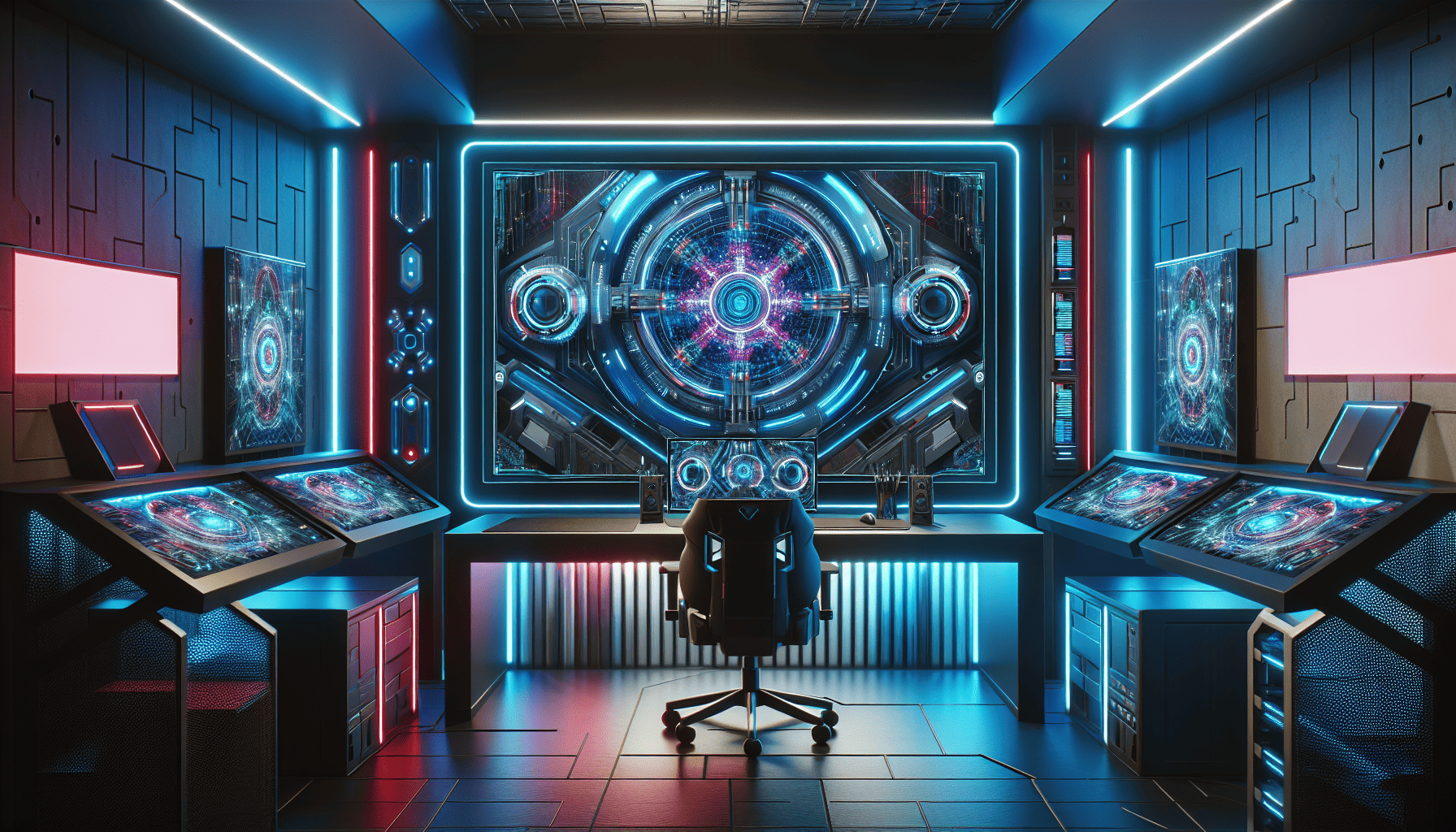In today's rapidly evolving world, innovative design serves as the cornerstone of creativity and advancement. It sparks inspiration and pushes the boundaries of what is possible, especially in the realm of next-generation graphics. By unlocking its potential, developers and artists can redefine user experience and visual engagement.
At the heart of this transformation is a commitment to pushing graphical capabilities beyond traditional limits. Incorporating cutting-edge technology allows designers to explore new dimensions in visual storytelling. With the advent of more powerful processors and advanced rendering techniques, graphics have taken a quantum leap, enabling hyper-realistic environments and immersive experiences.
One of the significant breakthroughs in graphic innovation is the implementation of real-time ray tracing. By simulating the physical behavior of light, this technique provides stunningly realistic images and environments. The subtle play of shadows, reflections, and refractions brings digital worlds to life with an astonishing level of detail and realism. As a result, users find themselves deeply immersed in experiences that are both authentic and visually captivating.
Moreover, artificial intelligence plays an essential role in this design evolution. AI-driven algorithms can enhance graphics by automatically adjusting features such as textures, lighting, and environmental effects. This allows artists to focus more on creativity rather than technical constraints, fostering an environment where imagination is given the freedom to flourish.
Another pivotal element is the expansion of augmented and virtual reality. These technologies are redefining the boundaries of user interaction, allowing for an unprecedented level of engagement. By overlaying digital elements in real-world settings or creating entirely virtual environments, designers can craft dynamic, interactive experiences that captivate audiences in novel ways.
Innovative design also encompasses accessibility and inclusivity. A key focus is on developing visual systems that are adaptable to diverse user needs, ensuring that everyone can enjoy these advanced experiences. This includes designing interfaces and graphics that consider a wide range of abilities and preferences, ultimately broadening the reach and impact of digital content.
The future of design hinges on collaboration and multidisciplinary approaches. Developers, artists, and technologists are coming together to push the envelope, experimenting with new materials, algorithms, and platforms. This synergy not only fosters innovation but also accelerates the pace at which groundbreaking ideas are realized.
In conclusion, unlocking the potential of innovative design in next-generation graphics paves the way for a revolution in visual creativity. As technology continues to advance, it will undoubtedly continue to reshape the landscape of digital interaction and storytelling, opening new horizons for imagination and expression. By embracing these innovations, designers will help craft the future of visual experiences, creating worlds that are more vibrant, engaging, and inclusive than ever before.
